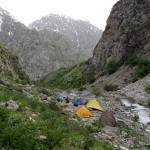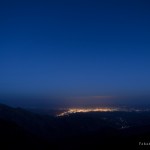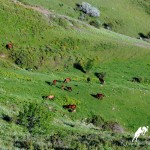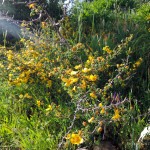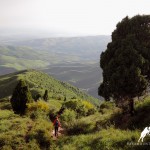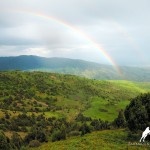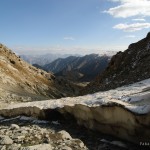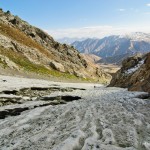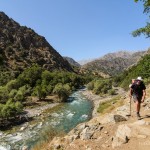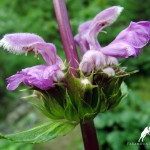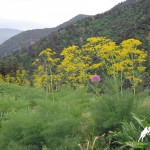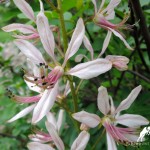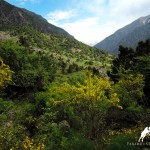The Hissor Fortress, also known as the Hisor Fort, is one of the most interesting historical sites and one of the most famous landmarks in Tajikistan. Located less than an hour’s drive from the Tajik capital of Dushanbe, it is also one of the country’s most popular tourist attractions.
Spend a couple of hours exploring this renovated ancient wonderland with its stone walls, impressive gateway, and landscaped gardens overlooking the town of Hisor.
Hisor Fortress history
The Hisor Fort Tajikistan has an interesting history that spans over the course of 2,000 years. The adjacent Hisor Town was once one of the main trading posts along the Great Silk Road between Termez and Kashgar until it was absorbed into the Khanate of Bukhara.
Built on a hilltop between two mountains alongside the Khanaka River, the Hisor Fort was designed as a fortified royal residence. Throughout its thousand-year-old history, however, the Hisor Fort has been captured 21 times and destroyed several times by various invading armies and emperors. The Hisor Fort as it stands today was built to replace the 16th-century fort that was destroyed by the Red Army invasion.
In the years since, the Hisor Fortress has been rebuilt, adapted and reconstructed. As a result, the fort as we know it today resembles precious little of the original formidable Hisor Fort that once towered over the valley.
How old is the fort?
The exact date of the fort is hard to determine as so many of the buildings were built at different times by different rulers. One of the most impressive points of interest is the grand arched entranceway that dates back to around the year 500 when Cyrus the Great was in power of the Persian Empire, and its two cylinder-shaped towers.
The Chasmai Mohiyon (Fish Spring) Mosque was built in 700 around the same time as the Sangin Mosque or the Stone Mosque. However, the former was not finished until nearly a thousand years later. The highlight of the Sangin Mosque is its impressive acoustics, brought about by four well-placed jugs built into the dome ceiling.
Other parts of the Hissor Fortress Tajikistan were only added in the 1500s, such as the wall near the main gate, the Old Madrassa with its modern museum showcasing Tajik and Soviet memorabilia, the Mausoleum of Makhdumi Azam, and some recent additions to the Old Mosque. One of the most modern add on’s was the caravanserai dating back to the early 1800s that was used by Silk Road traders. Today, only the lower section remains; the top section was removed by the Soviets and used to build a theater in Dushanbe.
Climb the walls and the town of Hisor
You will not get much out of the Hisor Fortress description in a guidebook, you have to see it for yourself. Climb the one-meter-thick walls of the fort for beautiful views of Hisor Town and its marketplace and explore the nooks and crannies of the old fortress where it once held enormous cannons and guns.
While you are here, it is worth exploring the town of Hisor. It once served as the major trading center before Dushanbe was established. Take a look at the 16th-century Sufi mausoleum and the remains of an old bathhouse.
A day trip from Dushanbe
If you are wondering how to get to Hisor Fort, it is an easy day trip from Dushanbe, the capital of Tajikistan, and you will only need about four hours in total. Buses and marshrutka run to the fort regularly or you can book a shared taxi. A tour with Paramount Journey will have your transfers included and can easily be combined with a city tour of Dushanbe or a visit to some of the region’s fascinating ancient settlements.









